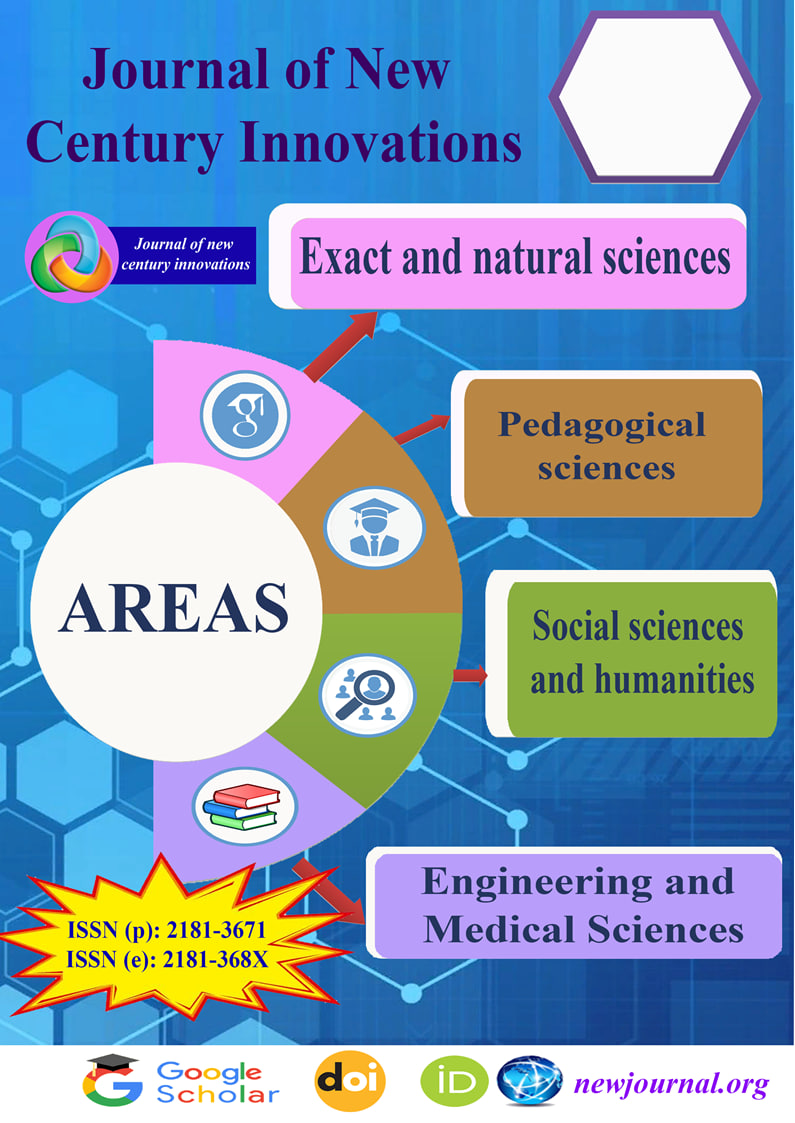SPANNING THE GAP BETWEEN DEAF AND HEARING WORLDS
Keywords:
Keywords: sign interpreting, deaf culture, communication access, interpreting ethics, sign language linguistics, video remote interpreting, interpreter training, inclusion, accessibility, technology.Abstract
Abstract. Sign interpreting plays a decisive role in facilitating communication between deaf and hearing individuals. As a professional and linguistic practice, it ensures equitable access to education, employment, healthcare, and public participation for members of the Deaf community. This article explores the historical evolution, linguistic principles, cognitive demands, ethical standards, and modern challenges in the field of sign interpreting. It also highlights the cultural significance of Deaf identity and the emerging impact of technological advancements, such as video remote interpreting (VRI) and artificial intelligence-driven tools. Drawing from research in linguistics, psychology, and communication studies, the article argues that sign interpreting is more than a process of language translation; it is a complex act of intercultural mediation requiring professionalism, empathy, and cultural competence. Finally, it presents recommendations for the advancement of interpreter education, technology integration, and inclusive policies to ensure communication equality.
References
1. Brady, M., & McCarthy, M. (2019). Remote interpreting: Expanding access to sign language services through technology. Journal of Deaf Studies and Deaf Education, 24(3), 237–248.
2. Camgoz, N. C., Hadfield, S., Koller, O., Bowden, R., & Ney, H. (2020). Sign language recognition, generation, and translation: An overview of the state of the art. Computer Vision and Image Understanding, 196, 102890.
3. Dean, R. K., & Pollard, R. Q. (2001). Application of demand-control theory to sign language interpreting: Implications for stress and burnout. Journal of Deaf Studies and Deaf Education, 6(1), 1–14.
4. Gile, D. (1995). Basic Concepts and Models for Interpreter and Translator Training. John Benjamins.
5. Lane, H. (1999). The Mask of Benevolence: Disabling the Deaf Community. Alfred A. Knopf.
6. Leeson, L., & Brennan, M. (2020). Technology-enhanced learning for sign language interpreters: Innovations and challenges. Interpreter Education Review, 12(1), 45–62.
7. Napier, J., & Leeson, L. (2016). Sign Language in Action. Palgrave Macmillan.
Pöchhacker, F. (2015). Introducing Interpreting Studies. Routledge.
8. Registry of Interpreters for the Deaf (RID). (2005). Code of Professional Conduct. Alexandria, VA: RID Publications.
9. Roy, C. (2000). Interpreting as a Discourse Process. Oxford University Press.
10. Stone, C. (2010). Deaf Interpreters at Work: International Insights. Gallaudet University Press.
11. Sutton-Spence, R., & Woll, B. (1999). The Linguistics of British Sign Language: An Introduction. Cambridge University Press.
12. World Federation of the Deaf (WFD). (2020). Global Report on the Status of Sign Language Rights. Helsinki: WFD Publications.

